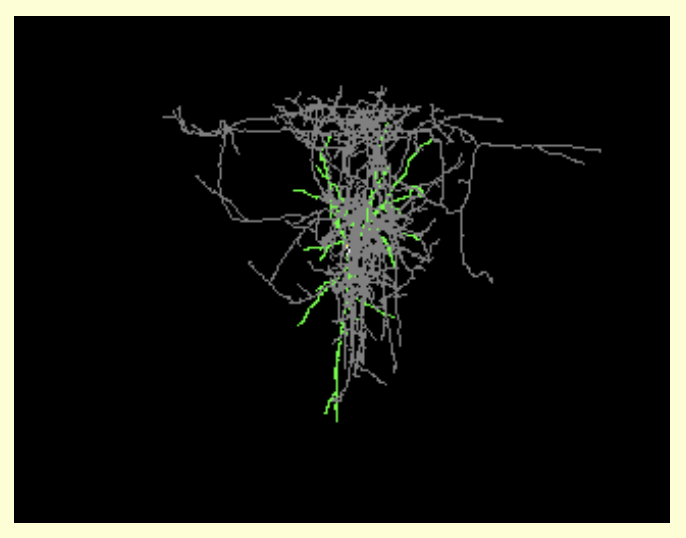URL: https://web.expasy.org/cellosaurus/CVCL_0019
Proper Citation: (RRID:CVCL_0019)
Description: Cell line SH-SY5Y is a Cancer cell line with a species of origin Homo sapiens (Human)
Sex: Female
Disease: Neuroblastoma
Defining Citation: PMID:1354203, PMID:2535691, PMID:2846152, PMID:3968181, PMID:4748425, PMID:6137586, PMID:7687927, PMID:10630978, PMID:11668190, PMID:12505268, PMID:14676279, PMID:15150091, PMID:15720811, PMID:16120276, PMID:16822308, PMID:17506115, PMID:18957096, PMID:20655465, PMID:22213050, PMID:22460905, PMID:23421552, PMID:24466371, PMID:25182563, PMID:25730103, PMID:25884760, PMID:26342562, PMID:26972028, PMID:27141528, PMID:28118852, PMID:28350380, PMID:28601559, PMID:29468137, PMID:30894373, PMID:31068700
Comments: Omics: Transcriptome analysis by RNAseq., Omics: Transcriptome analysis by microarray., Omics: SNP array analysis., Omics: N-glycan profiling., Omics: Mitochondrial proteome analysis by 2D-DE/MS., Omics: GPI-anchored proteins analysis by proteomics., Omics: Deep tyrosine phosphoproteome analysis., Omics: Deep proteome analysis., Omics: Deep exome analysis., Omics: Deep antibody staining analysis., Virology: Low susceptibility to infection by Zika virus (ZIKV) (PubMed=29468137)., Characteristics: There seem to be differences in the retinoic acid (RA)-induced neuronal phenotype of SH-SY5Y cells from ATCC and ECACC. After 5 days of RA treatment, ECACC cells are slightly larger in size and contains significant amount of neuroblastic (N-type) cells and a small fraction of epithelial (S-type) cells (PubMed=18957096)., Characteristics: Neuroblastic type (N-type) (PubMed=15720811)., Population: Caucasian., From: Memorial Sloan Kettering Cancer Center; New York; USA., Part of: ENCODE project common cell types; tier 3., Part of: Cancer Dependency Map project (DepMap) (includes Cancer Cell Line Encyclopedia - CCLE)., Problematic cell line: Partially contaminated. Some laboratories that are redistributing this cell line are in fact redistributing a contaminated cell line of mouse origin (PubMed=25182563)..
Category: Cancer cell line
Expand AllWe found {{ ctrl2.mentions.total_count }} mentions in open access literature.
We have not found any literature mentions for this resource.
We are searching literature mentions for this resource.
Most recent articles:
{{ mention._source.dc.creators[0].familyName }} {{ mention._source.dc.creators[0].initials }}, et al. ({{ mention._source.dc.publicationYear }}) {{ mention._source.dc.title }} {{ mention._source.dc.publishers[0].name }}, {{ mention._source.dc.publishers[0].volume }}({{ mention._source.dc.publishers[0].issue }}), {{ mention._source.dc.publishers[0].pagination }}. (PMID:{{ mention._id.replace('PMID:', '') }})
A list of researchers who have used the resource and an author search tool
Find mentions based on location

{{ ctrl2.mentions.errors.location }}
A list of researchers who have used the resource and an author search tool. This is available for resources that have literature mentions.
No rating or validation information has been found for SH-SY5Y.
Partially Contaminated
Problematic cell line: Partially contaminated. Some laboratories that are redistributing this cell line are in fact redistributing a contaminated cell line of mouse origin (PubMed=25182563).
Registration: Memorial Sloan Kettering Cancer Center Office of Technology Development; SK 810.
Source: Cellosaurus





